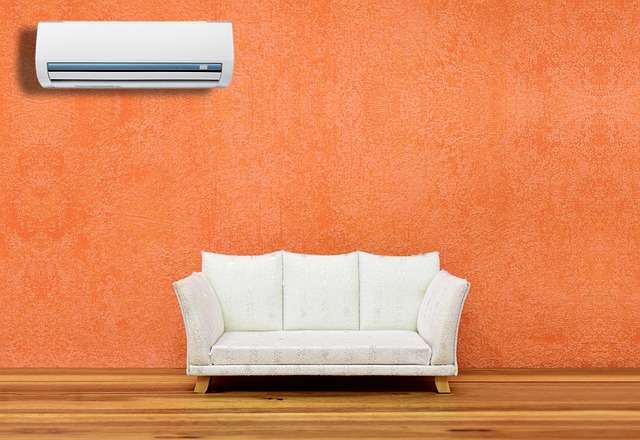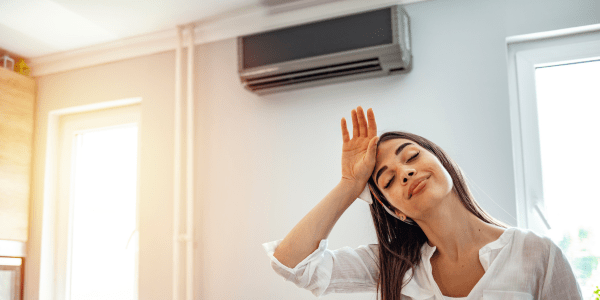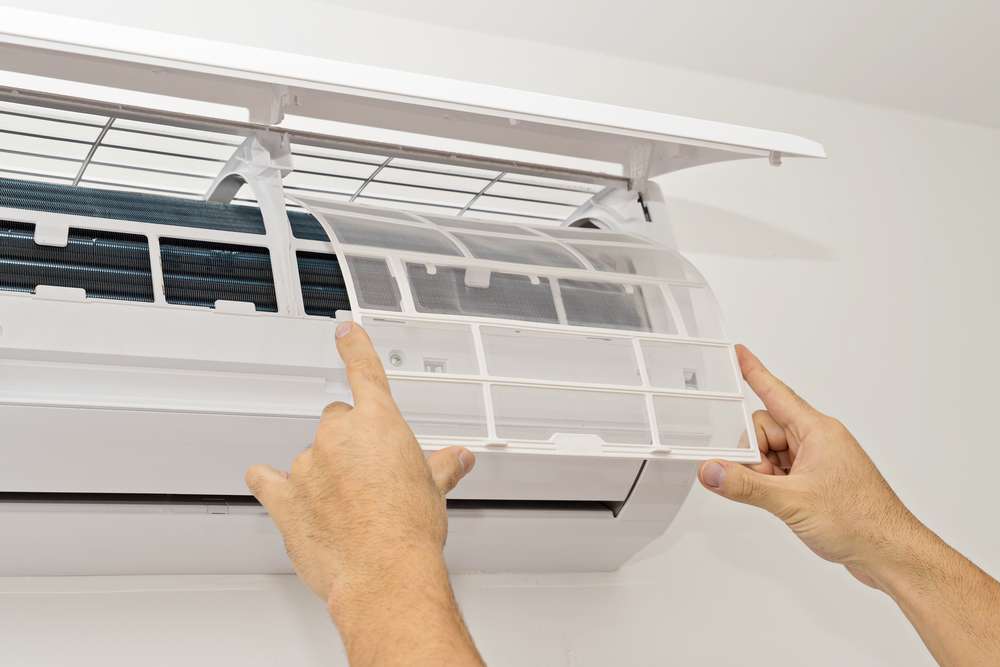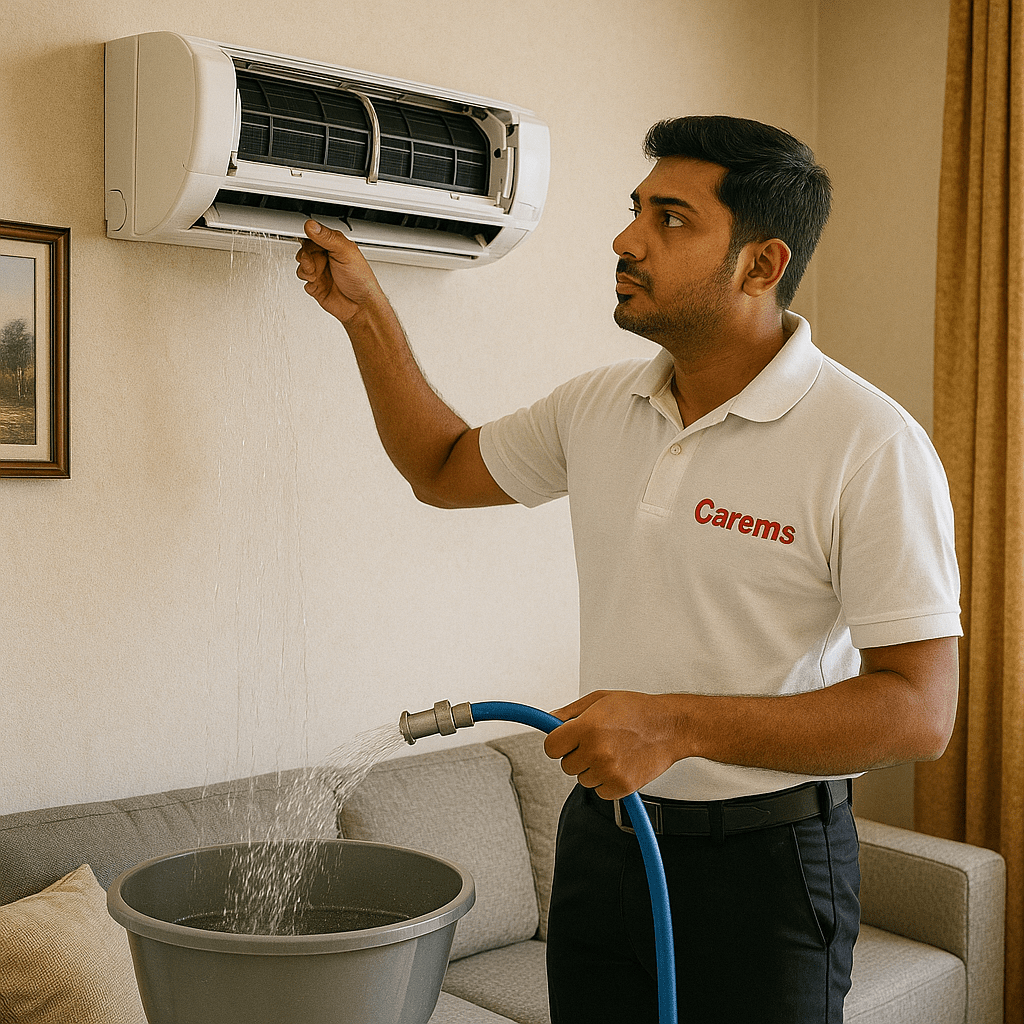
Tag: air conditioner

How to Properly Size Your AC Unit for Your Home
Correct size is essential when picking the ideal air conditioning system for your house. It won’t be able to adequately chill your home if the AC unit is too tiny. It will repeatedly cycle on and off if it is too large, wasting energy and perhaps breaking down. To guarantee optimal efficiency and comfort, we’ll go through how to size your AC unit for your home in this post.

Do you know how your split system air conditioner operates?
A Complete Guide to Understanding Split System Air Conditioners
Introduction:
As summer approaches, air conditioners become a must-have appliance in every home. Split system air conditioners are an excellent choice for many homeowners among the various types of air conditioning systems available. Split-system air conditioners provide effective cooling at a low cost, making them a popular choice for many people. We will look at how split system air conditioners work, their components, cooling process, benefits, and maintenance in this guide.
Components of a Split System Air Conditioner

Split system air conditioners are made up of two major parts: an outdoor unit and an indoor unit. The compressor and condenser coil are housed in the outdoor unit, while the evaporator coil and fan are housed in the indoor unit. The outdoor unit circulates cool air throughout the system, while the indoor unit pumps refrigerant through the system.
The evaporator coil absorbs heat and humidity from the air, while the fan circulates cool air throughout the room. The compressor circulates refrigerant throughout the system, and the condenser coil dissipates heat absorbed by the refrigerant. The cooling cycle is completed when the refrigerant flows through the system between the two units.
Read more: AC PCB Repair Cost in Delhi – CareMS Airconditioners
Cooling Process
When you turn on your split system air conditioner, the compressor in the outdoor unit kicks on and begins to circulate refrigerant throughout the system. As it flows through the evaporator coil in the indoor unit, the refrigerant absorbs heat and humidity from the air inside your home. The fan in the indoor unit then blows the cooled and dehumidified air back into the room. Meanwhile, the heated refrigerant flows through the condenser coil of the outdoor unit, releasing the absorbed heat to the outside air. The refrigerant then returns to the indoor unit, and the process is repeated until the desired temperature is reached.
Benefits of Split System Air Conditioners
Split system air conditioners have several advantages over other types of air conditioners. Because they can cool individual rooms or areas, they are an excellent choice for homes with multiple rooms or open floor plans. Furthermore, because they do not require ductwork, split systems are more energy-efficient than other types of air conditioners. Instead, they connect the indoor and outdoor units with small pipes and cables, which reduces energy loss and improves efficiency. Because the compressor is located outside, split system air conditioners are typically quieter than other types of air conditioners.
Read more: Why is your AC not turning on? A Comprehensive Troubleshooting Guide
Maintenance and Repairs
It is critical to perform regular maintenance tasks on your split system air conditioner to ensure that it runs efficiently. Cleaning or replacing air filters, checking refrigerant levels, and cleaning condenser coils are examples of these tasks. Neglecting routine maintenance can result in decreased efficiency, higher energy bills, and even system failure.
Regular maintenance can also help your split system air conditioner last longer, saving you money in the long run. If your split system air conditioner needs to be repaired, it is critical that you hire a professional technician to ensure that the repairs are done safely and correctly.
Read more: Why Is Your AC Leaking? Common Causes and Prevention Tips
Conclusion
Due to their low cost, energy efficiency, and ability to cool individual rooms, split system air conditioners are a popular choice among homeowners. Understanding how they work and performing regular maintenance can help them run more efficiently and last longer. You can ensure that your split system air conditioner provides optimal comfort and cooling throughout the summer season by following the guidelines provided in this guide.
© written By CareMs India

